Graphics Reference
In-Depth Information
Definition.
A path-connected space that has a trivial fundamental group is called
simply connected
.
Analyzing spaces and maps gets much more complicated if the spaces involved
are not simply connected. The fundamental group has a subtle but significant influ-
ence on the topology of a space and its name is quite appropriate. It is probably the
single most important group from the point of view of algebraic topology. A great
many theorems have as part of their hypotheses the assumption that a space is simply
connected. See for example Theorems 7.4.3.7 and results in Section 8.7, 8.9, and 8.10.
A nice way to summarize some aspects of the fundamental group and its rela-
tionship to the first homology group is as follows: If
(
)
Æ
(
)
f:
Xx
,
Yy
,
0
0
is a continuous map, then (again ignoring the current nonuniqueness of homology
groups) there is a commutative diagram
(
)
ææ
(
)
p
Xx
,
p
Yy
,
1
0
1
0
f
*
m
Ø
Ø
m
,
()
ææ
()
H
X
H
Y
1
1
f
*
where m is the Hurewicz homomorphism.
We end this section with an application of the fundamental group. The group plays
a central role in the study of knots. Some references for knot theory are [CroF65],
[Livi93], [Rolf76], and [Mass67].
Definition.
A subspace
K
of
R
3
is called a
knot
if
K
is homeomorphic to
S
1
. The
space
R
3
-
K
is called the
complement
of the knot
K
. Two knots
K
1
and
K
2
are said
to be
equivalent
if there is a homeomorphism h :
R
3
Æ
R
3
, so that h(
K
1
) =
K
2
.The equiv-
alence class of a knot is called its
knot type
. A knot is
trivial
if it is equivalent to the
standard
S
1
in
R
3
. A knot is called a
polygonal knot
if it is the union of a finite number
of (linear) segments, that is, it is a polygonal curve. A knot is said to be
tame
if it is
equivalent to a polygonal knot.
We are sticking to the traditional theory here, because the definition of a knot is
sometimes generalized to include imbeddings of n-spheres, n ≥ 1, in a space. We also
need to point out that there are other variations of the definition of a knot in the lit-
erature. Sometimes knots are defined to be
maps
, that is, imbeddings k :
S
1
Æ
R
3
,
rather than subsets. In that case, the equivalence of knots is defined in terms of
isotopies. (Two imbeddings h
0
and h
1
are said to be
isotopic
if there exists a one-
parameter family of imbeddings h
t
, or
isotopy
, between them.) Fortunately, there is
not much difference between the theories. For example, if we stick to orientation-
preserving homeomorphisms, then two knots are equivalent using our definition if
and only if they are isotopic. (We shall define what it means for a homeomorphism
between oriented manifolds to be orientation preserving in Section 7.5.1. A homeo-
morphism h :
R
3
-
K
Æ
R
3
-
K
is said to be
orientation preserving
if its extension to
S
3
Æ
S
3
is.)

